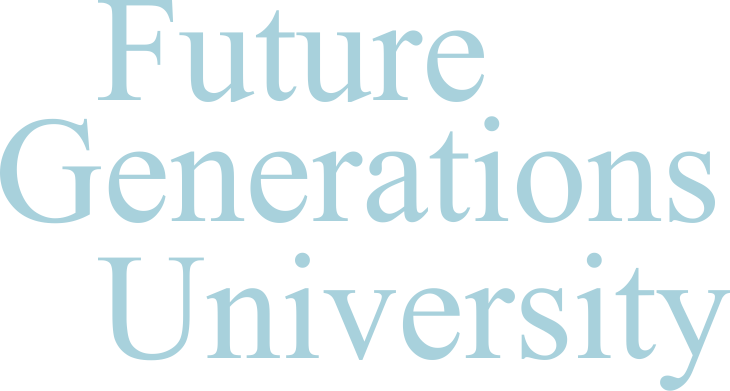Text and photos by Vincent Abura, MA student of class 2017
The Karamoja region of North-eastern Uganda has seen more than violent conflict for 40 years. As part of the Community Based Natural Resource Management Course in the Master of Arts degree program, Vincent looked at how stakeholders in a scarce and treasured water source are working together to protect the resource and share the benefits derived from it. The spring and its watershed are located in the red shaded area in Uganda below.
| Photo caption: Two women are standing right in the protected spring and talking about how they manage it. |
Mr. Joseph Nyimalema, the Area Manager for National Water and Sewage Corporation (NWSC), informed me that NWSC operates under the Ministry of Water and Environment and is mandated to supply water to urban and rural communities. NWSC pumps 15,000 liters of water per hour to supply to the urban-rural populations. NWSC is a strong benefiting stakeholder of the watershed, without which it cannot meet its obligations. The interests of NWSC towards the watershed is legal ownership of land for its 2 water generators, security and safety of its equipment. NWSC recruited security guards to provide security for the assets and safety of water pumped for public consumption.
Arok Jimmy, the Chairperson of the 20-member Resilience Adaptation Committee (RAC), promotes greenhouse and sack gardening as well as soil and water conservation through terracing. They teach communities to grow vegetables and adapt to dry land cultivation. RAC’s interest in the spring is to access water for the greenhouses and sack gardens in homesteads, also in the availability of land in the watershed to control run-off water through terracing.
A local tree nursery is also interested in the spring. An attendant, Mr. Lokoru Bernard, informed me that they are planting different types of seedlings including: K-apples, Eucalyptus trees, papaws, mangoes, and indigenous species that are adaptable to drought in Karamoja. There are approximately one million seedlings planted this year. When converted to monetary terms (assuming a seedling is sold at UGXs 500) 1 million seedlings would amount to 500 million Uganda shillings, an equivalent of $143,000 US. The interests of the planters is to raise income for their households, which can only be done sustained spring water, employing as many boys and girls as possible and to seek popularity to attract financial support from various programmes.
| Photo caption: The tree-nursery garden where the attendant is weeding the unwanted plants from the nursery. |
Over 2000 livestock drink from this spring on a daily basis. This is the most accessible and available safe water for livestock in the district. Other options include boreholes, which are shared with human populations and are overcrowded. To get the attention of the cattle keepers, I had to walk with them and their herds. According to one, Kotol Patrick, their interest is availability of water for livestock. He strongly asserted that, ‘without this source, there is no life for human beings who depend on animals for survival. We shall do everything possible, including fighting to death to ensure water is sustained for their main livelihood.’
In summary, many stakeholders depend on this spring and its watershed for their livelihoods and wellbeing. Many are actively involved in protecting the water, and each plays a unique and important role in the current use and future availability of this invaluable water source.




